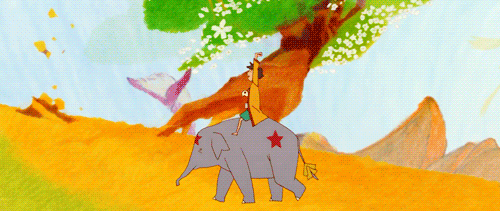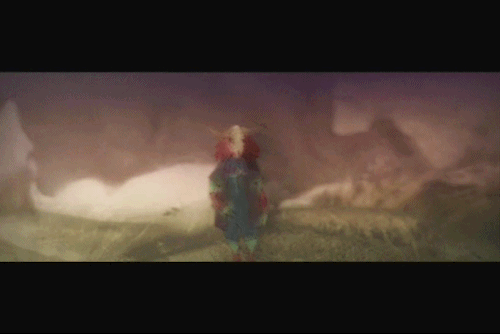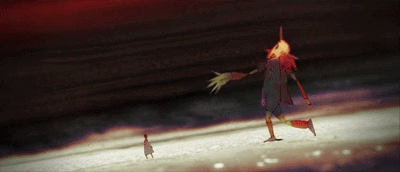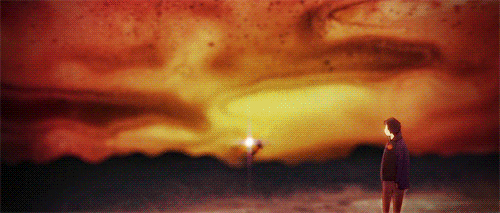By all rights, Tekkonkinkreet was just as revolutionary a movie as Paprika. Both were adaptations of previously printed stories. Both were mature animated films which more than earned their R ratings. And perhaps most importantly, both dealt with plots wherein the characters would shift between conventional reality and dreamscapes. Paprika, which is supposed to be set in a world mostly identical to our own, accomplished this through the tried and true method of introducing surreal imagery whenever there was any such transition. This juxtaposition between the familiar and the surreal served as an easily recognized visual cue for what was part of its characters’ dreams. However, Tekkonkinkreet utilized a markedly more novel method to achieve the same results.







 RSS Feed
RSS Feed
